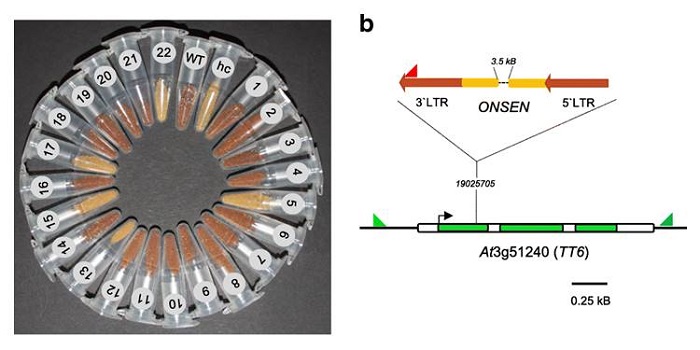
Inhibition of RNA polymerase II allows controlled mobilization of retrotransposons for plant breeding
Blog, Plant Science Research Weekly, Research, Research BlogThe lack of acceptance of GM-breeding calls for alternative strategies to develop new crop varieties to feed the world's growing population. Moreover, the regulation of novel approaches for genome editing (CRISPR, TALEN) is still unclear and will potentially remain so for the near future (or will likely…

Duplication of an upstream silencer of FZP increases grain yield in rice
Blog, Plant Science Research Weekly, Research, Research BlogThe trade-off between grain size and number has been traditionally hard to break. Bai et al established that differences in panicle architecture between two rice cultivars resulted from duplication of a long-distance silencer of the FRIZZY PANICLE (FZP) gene in one cultivar (Chuan 7). Increased silencing…

Bridging the Gap between Science and the Field
Blog, Careers, Careers - Blog, Careers in Plant Science, Research, Research BlogMany journal articles in the plant sciences – including some of mine – finish with statements like “these findings can potentially contribute to solving the challenge of feeding the world’s growing population whilst saving the planet’s limited resources”. That is a noble ambition. Sadly,…
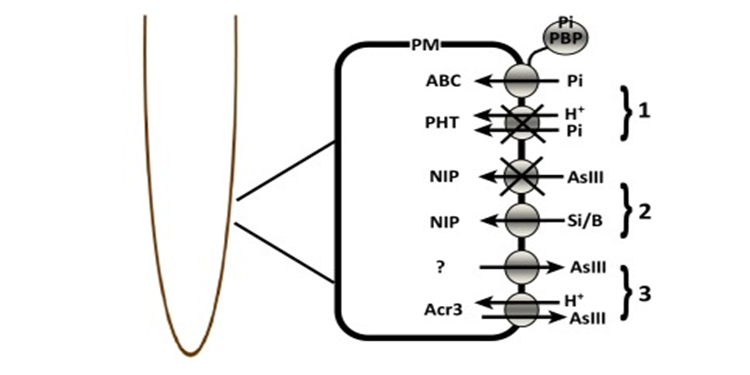
Review: New molecular mechanisms to reduce arsenic in crops ($)
Blog, Plant Science Research Weekly, Research, Research Blog“Over 200 million humans are at risk of arsenic poisoning,” due to arsenic in groundwater and its uptake into crops. Our understanding of the transporters through which arsenic enters the plant, moves through the plant, and enters the seed has increased substantially in recent years, opening the…
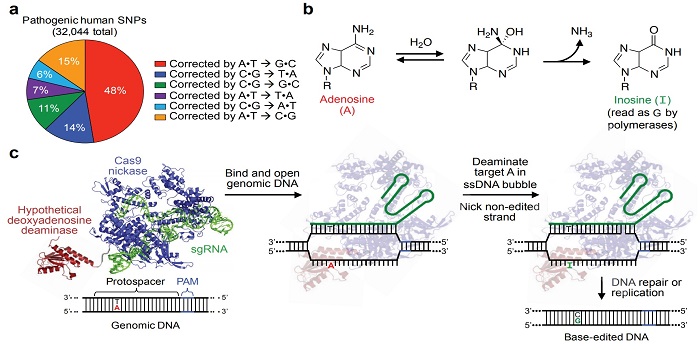
Base-editing in RNA and DNA
Blog, Plant Science Research Weekly, Research, Research BlogThe ability to engineer precise changes in nucleic acid sequences has advanced rapidly over the last few years. Since the development of genome editing technologies such as CRISPR-Cas9, a modified version known as base editing has sought to reliably convert individual nucleotides. All known base…
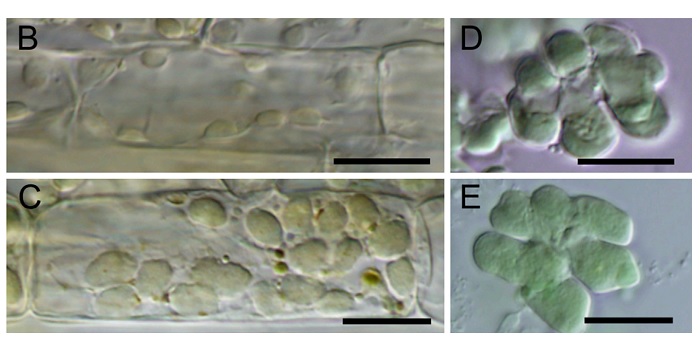
Re-creation of a key step in the evolutionary switch from C3 to C4 leaf anatomy
Blog, Plant Science Research Weekly, Research, Research BlogThe C4 Rice project aims to transition rice from a C3 crop to one that performs C4 photosynthesis, in order to realize a predicted 50% increase in yield. Here, Wang et al. expressed a positive regulator of chloroplast development, the maize GOLDEN2-LIKE transcription factor, in rice. The resulting…
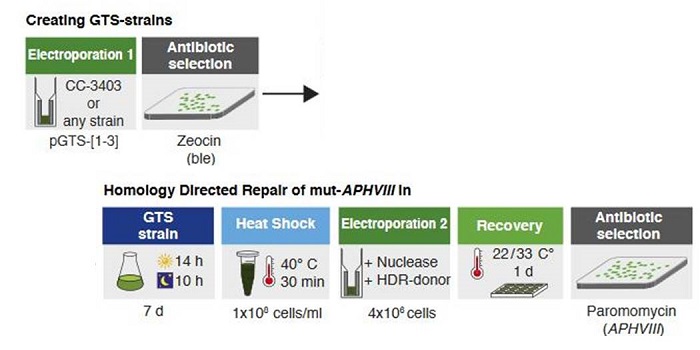
Chlamydomonas photoreceptor gene editing by zinc-finger nucleases and CRISPR/Cas9
Blog, Plant Science Research Weekly, Research, Research BlogNew genome editing technology, such as zinc-finger nucleases and CRISPR/Cas9, are revolutionizing reverse genetics studies because they allow fast and precise genetic modifications in many species. However, they require efficient transformation and selection methods. This is notably a problem for algae…

Strategy for enhancement of iron and zinc in biofortified rice
Blog, Plant Science Research Weekly, Research, Research BlogPolished white rice is a major food source for much of the world but is not a good source of the essential micronutrients iron and zinc. Like microbes, plants enhance their uptake of iron from the environment by synthesizing small “iron carrying” molecules called respectively siderophores or phytosiderophores…

The role of botanical gardens in species conservation
Blog, Plant Science Research Weekly, Research, Research BlogBotanical gardens are sanctuaries where plant diversity is celebrated, conserved, studied, and shared. As more species are put under pressure from anthropogenic activities, the importance of botanical gardens in preserving and protecting threatened species is increasing. A recent study on the role of…

